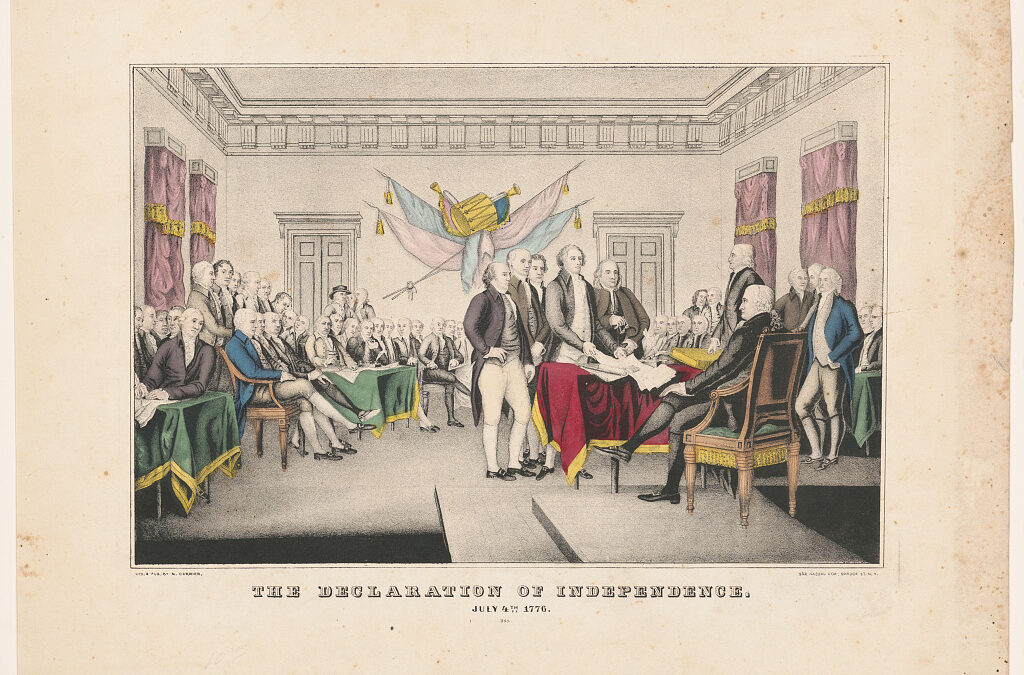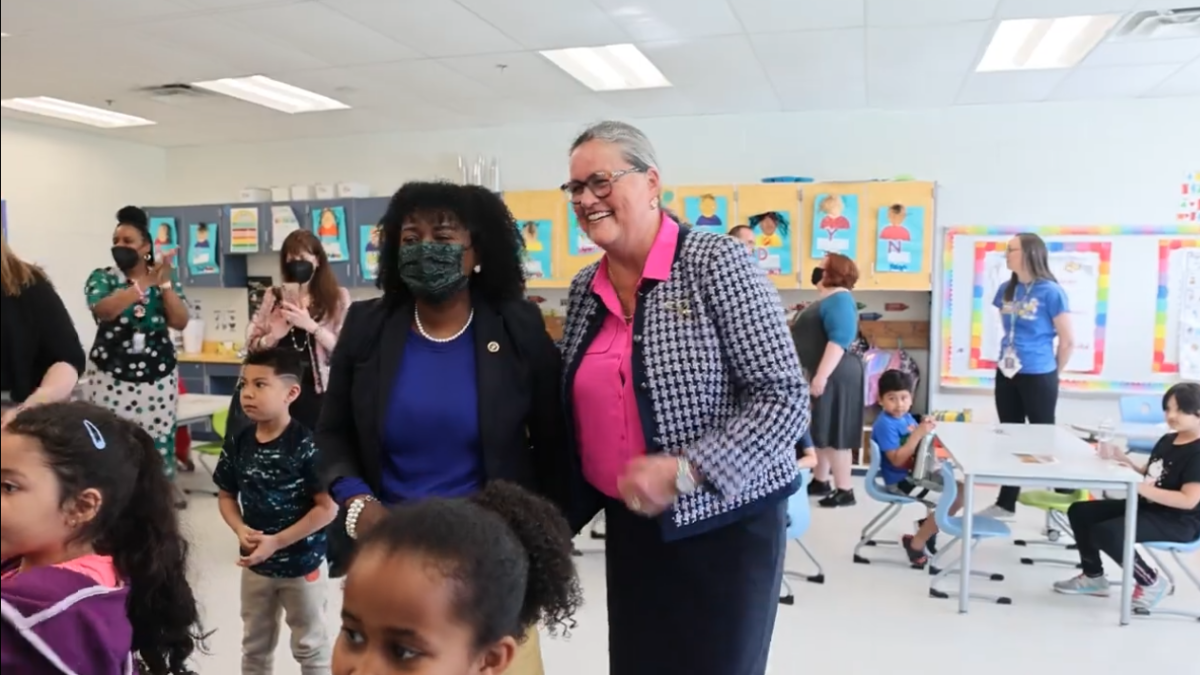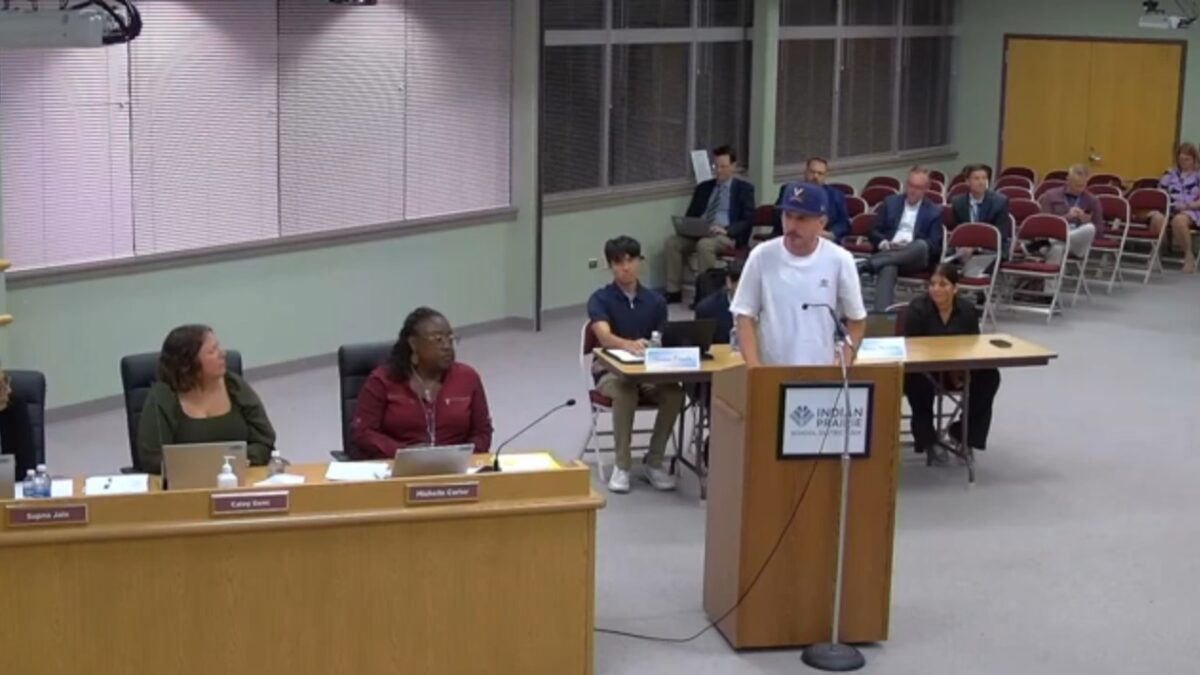If asked about the technology found in the schoolrooms of my childhood, I would fondly recall mimeograph machines, overhead projectors, chalkboards, and reel-to-reel movie projectors. Computers, even the hulking desktop variety, weren’t even a glimmer in our Baby Boomer imaginations.
It doesn’t seem that long ago, but when I walk in to my daughter’s fifth-grade classroom, the classroom of my childhood isn’t remotely recognizable. Today, textbooks are online. If reading isn’t a student’s forte, he or she can have the device read the text read aloud. Online assignments are made easier with autocorrect and are electronically submitted for grading. Spelling lists are a thing of the past, replaced by random words compiled during the week and tested on—you guessed it—a keyboard.
Cursive writing is considered prehistoric; it is not even found in the national Common Core Standards, which do require “keyboarding skills” and emphasize that children must “use technology and digital media strategically and capably.” My daughter’s vocabulary curriculum doesn’t require her to open a dictionary. The program is predominantly online, with little more than a monotone voice reciting definitions and asking students to mimic pronunciations. I feel disengaged just writing about it.
Technology Is No Panacea
This got me to thinking: How? In the “education crisis” we’ve wallowed through for decades, how is technology helping? I have my own theories on the real root cause of our “education crisis,” and technology will never solve it.
That’s not to say technology doesn’t have a place in the classroom, because it certainly does. But how did technology and its proliferation in classrooms across America become the panacea of education ills? We all know it’s good for the likes of Microsoft, Bill Gates, Pearson, Houghton-Mifflin Harcourt, and McGraw Hill. But is it good for kids?
To the dismay of many education profiteers, neurological research seems to say no. Research supports the notion that educators should increase the use of handwriting and cursive writing to boost cognition and increase performance. In the book “Teaching with the Brain in Mind,” researcher and author Eric Jensen writes that handwriting relaxes the emotional brain to reduce stress levels in students and improve learning.
“Writing is the way we learn what we’re thinking,” says University of Washington educational psychology professor Virginia Berninger, who studies the effect of handwriting on the human brain. “The handwriting, the sequencing of the strokes, engages the thinking part of the mind.”
Handwriting Engages Body and Mind
Berninger and Jensen aren’t the only researchers coming to the same conclusion. More often we’re hearing that children taught handwriting learn to read earlier, generate ideas more easily, and have a better ability to retain information. A five-year study of Seattle school children found that printing, cursive writing, and using a keyboard each use related but different brain functions. A 2009 study by The National Center for Biotechnical Information used magnetic resonance imaging to study areas of brain activation during various activities, including writing and keyboarding. The results supported the theory that handwriting activated areas of the brain not activated by keyboarding.
Early learners and elementary students are not the only ones who benefit from writing by hand. The positive effects follow students into higher education. Researchers at the University of California-Los Angeles reported students learn better when they write by hand than when they type on a keyboard. The link between the hand and the brain improves the way students process and reframe information.
The hand and the brain are intimately linked, and studies are conclusive that writing significantly stimulates more of the brain than keyboarding. The same has been found in recent studies of the effects on reading comprehension when students read textbooks versus digitized materials. The researchers found, “students who read texts in print scored significantly better on the reading comprehension test than students who read the texts digitally.”
Why should this resonate with parents? Learning doesn’t happen in a vacuum. As more and more teaching is done with the aid of a keyboard, student performance is impacted in every subject. There is ample research affirming that the influence of technology on student learning is not entirely positive.
The evidence shows we need to get back to basics in the classroom. Parents need to encourage state education leaders to unplug, put pencil to paper, and engage the portions of students’ brains related to comprehension and retention of information. That, not flashy tech gear, is what will stave off a true education crisis. It may not be good for education profiteers and agenda-driven politicians, but it’s good for kids.








